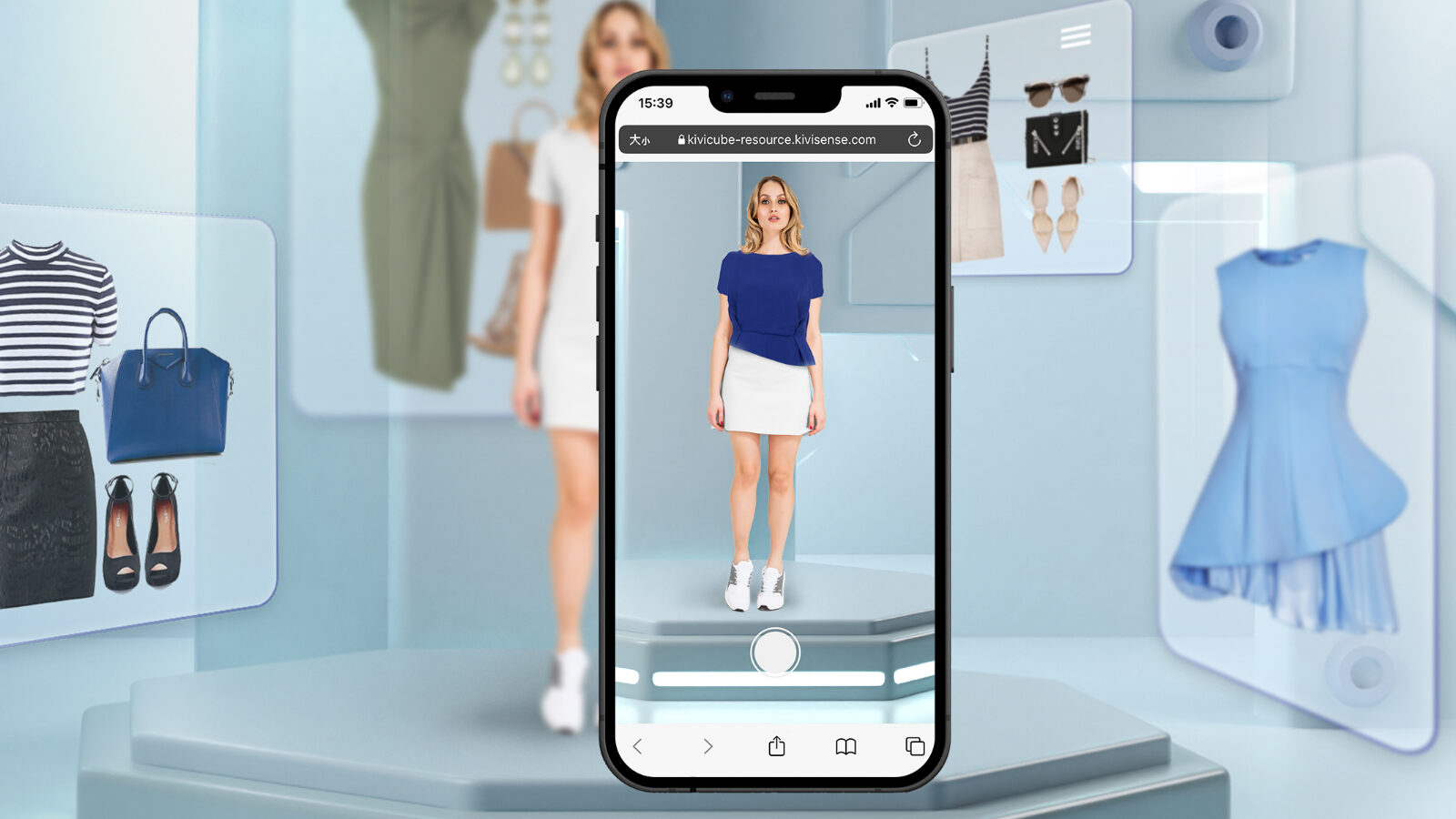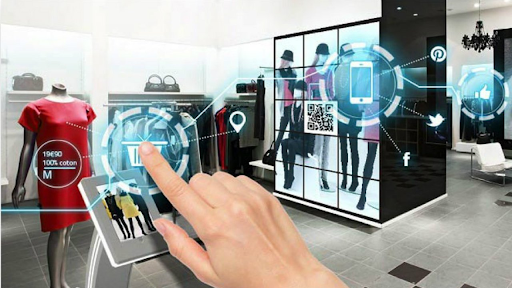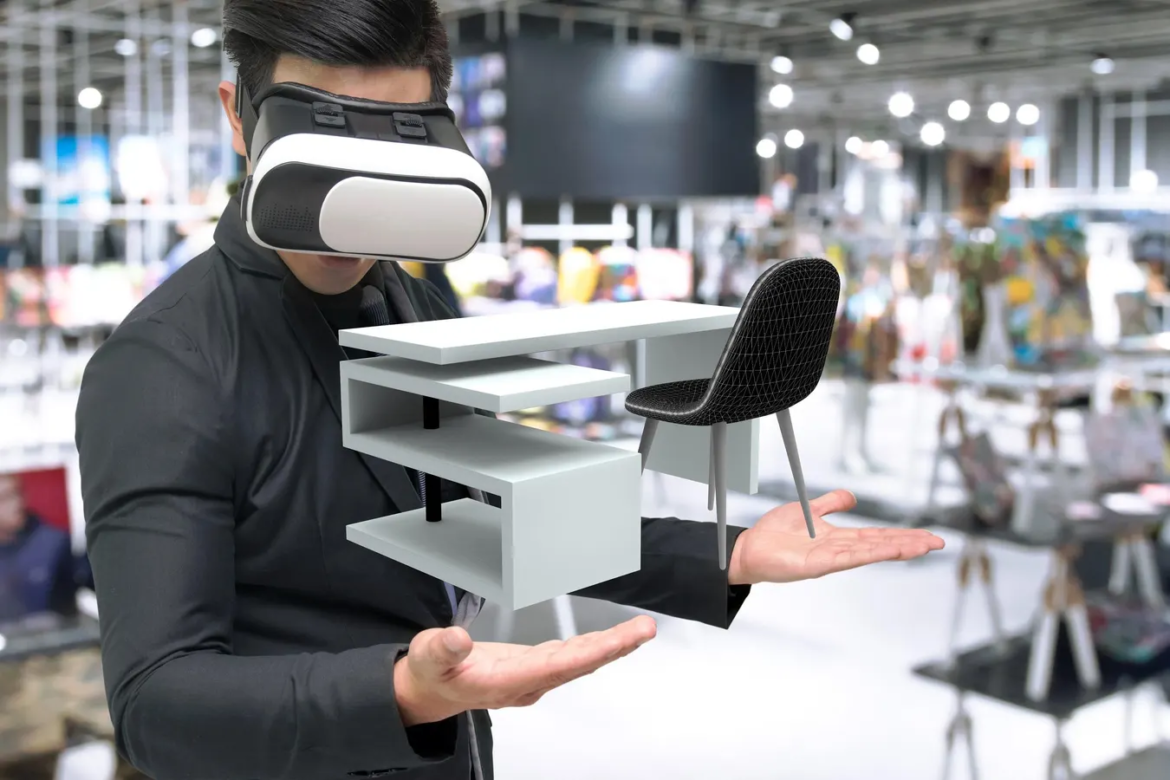The concept of augmented reality is not new; however, we are seeing it becoming more prevalent in e-commerce applications. AR is thought of as a central idea where digital elements are overlaid onto the real world to produce an amalgamated experience. In online shopping, this refers to making products come alive in a way that goes beyond everyday images and descriptions.
1. Virtual try-ons
Suppose you can try on clothes, accessories, or even makeup without having to step out of your house. AR allows virtual try-ons by overlaying products in a customer’s real-world environment without the need for any additional capture spaces, thanks to the device camera. This makes online shopping enjoyable; it also decreases the doubt involved when making purchases of products that are commonly tested in real shops.

2. Visualizing Products in Your Space
AR enables customers to imagine how furniture, décor, or even electronics would suit their own living spaces. By using their smartphone or tablet, shoppers can place virtual items in the area of a home, allowing for a more realistic sense of scale and style before buying an item. This ability significantly reduces the possibility of purchasing something that does not exactly fit or meet the desired appearance.
3. Interactive Product Demonstrations
For sophisticated products like electronics and machinery, AR can provide interactive demos. 3D technology will enable users to get closer acquainted with a product’s features, take it apart almost in real life, and understand its performance processes more interactively. This not only informs the customer but also instills confidence in his purchasing decision.
Benefits of AR in E-Commerce
1. Enhanced Customer Engagement
AR changes the passivity of online shopping into an interactive and immersive one. Customers are likely to spend more time interacting with product descriptions when they can virtually interact, which results in better engagement and higher conversion rates.
2. Reduced Return Rates
The ability to virtually try on clothes or visualize products in the space where you live is a factor that significantly reduces your potential for disappointment once an item has been delivered. consumersIt discourages high return rates, helping both consumer and online stores. Customers can be more informed about the goods they purchase, and business logistics will become simpler, allowing businesses to reduce their return-related costs.
3. Competitive Edge for Businesses
E-commerce businesses that integrate AR can differentiate themselves from their competition as they are able to provide customers with a memorable and innovative shopping experience. In a market flooded with online stores, it is essential to stand out, and the implementation of AR creates interested consumers who are technology-oriented and looking for innovation within web shops.
4. Improved Customer Confidence
AR bridges the gap between digital and physical shopping. It increases consumer confidence in their online purchases by offering a more realistic image of the products. Consumers can make educated decisions with the knowledge of what exactly their product will look like or how it is going to fit them or work for them.
Challenges and Future Outlook
Technical specifications, development expenses, and adoption by many are obstacles that will have to be cleared. However, with technology developing and becoming easier to access, these challenges are likely to go away.
As devices become more powerful and AR technologies continue to grow, we can only anticipate that online shopping experiences will become even smarter. The scope of collaboration between e-commerce platforms and AR developers is tremendous, paving the way for new directions and novelties in retail environments.

Wrapping up
E-commerce and augmented reality are creating a new vision of online shopping. Virtual try-ons, visualizing products in your space, and interactive demonstrations would only be the tip of the iceberg of an AR revolution. Technology will increasingly make it possible to eliminate the border between physical and virtual shopping, allowing shoppers to feel more confident when making an online purchase as more options become available and perfected. The e-commerce scene is changing, and AR stands at the center of this disruptive trend that will define what online shopping looks like in years to come.


